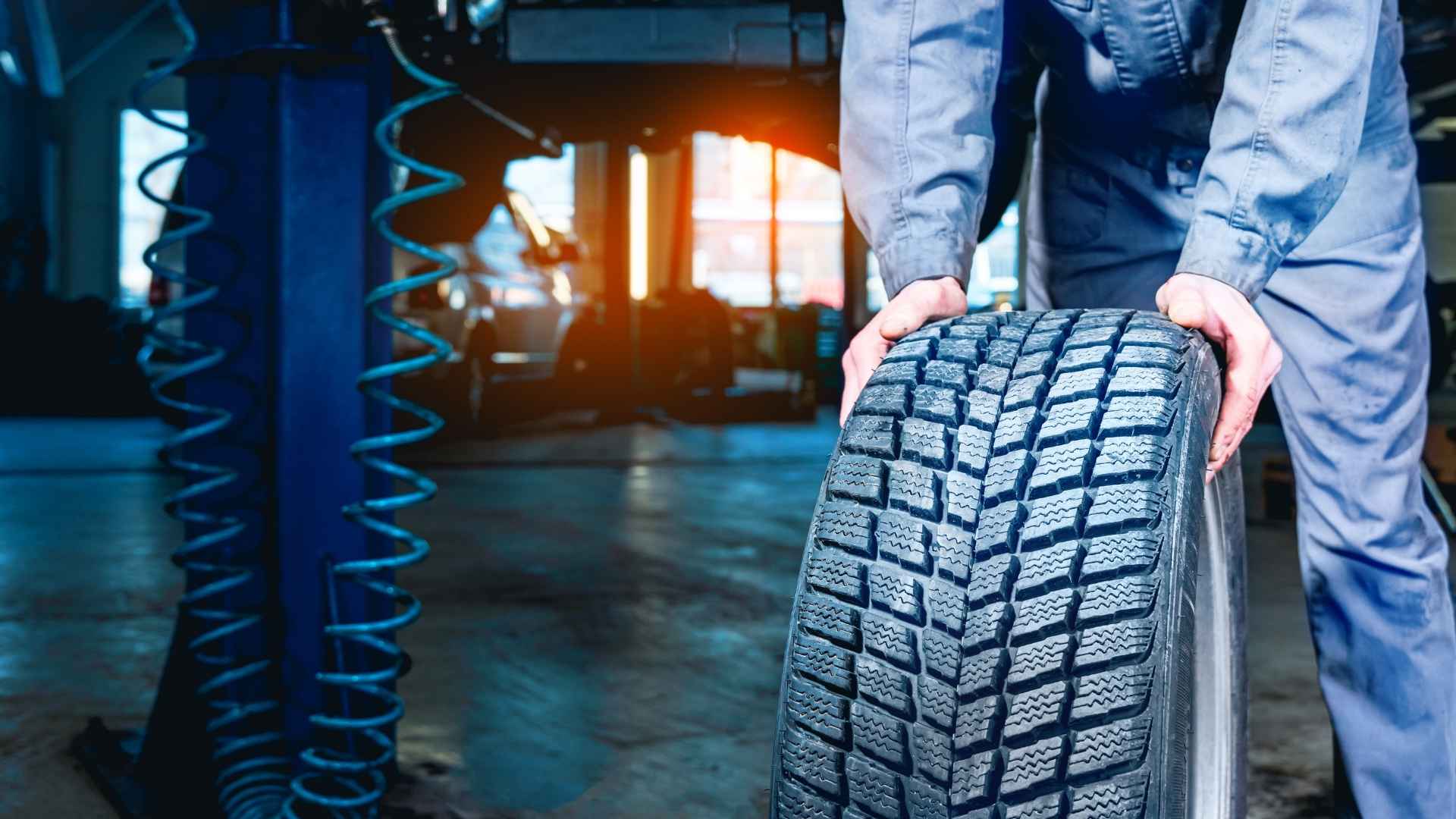A TikTok lesson in tire shopping shows why a “good deal” can quickly flatten your budget—and your ride.
Wyatt Alton thought he’d scored a bargain when a Facebook Marketplace seller promised tires with “about 70 percent tread life.” Hours later, a Discount Tire crew broke the bad news: hidden bulges meant the set couldn’t be balanced and was unsafe to drive. Out another $500, he warned followers, “Don’t be a dumb like I was.”
Why discount tire technicians flagged the bargain rubber as a road hazard
The shop spotted two classic danger signs—side‑wall bulges and wobble during spin balancing—that signal internal belt separation. Once that damage appears, no amount of re‑balancing restores structural integrity. Even one blowout at highway speed can total a car; is any markdown worth that gamble? Still tempted?
| Risk factor | Why it matters on the road |
|---|---|
| Bulging sidewalls | Indicates broken cords; sudden blowout possible |
| Uneven tread wear | Causes pull and vibration, accelerating further damage |
| Age over six years | Rubber dries and cracks, reducing grip and flex |
| Plugged shoulder areas | Repairs near edges often fail under heavy load |
Common red flags you should spot before paying a stranger for tires: First, measure tread depth yourself—don’t just eyeball it. Second, ask for the DOT date code; if the last four digits read “4217,” that tire was built in October 2017 and may already be past its prime. Third, inspect inner liners for bubbles or repairs. Finally, insist on balancing before money changes hands. Thinking, “But the seller works at a tire shop—surely he knows best?” Remember, your priorities may not match his paycheck.
Steps that protect your wallet when replacing worn out tread online
- Set a budget that includes installation plus a rainy‑day refund fund.
- Use live video to verify condition before you hit the road.
- Bring a pocket tread gauge and a strong flashlight for a curb‑side check.
- Plan for disposal fees if the deal goes sour—because who wants four useless circles cluttering the garage?
On the other hand, brand‑new midrange tires with a manufacturer warranty often cost only about $100 more per axle. That modest premium buys roadside assistance and genuine peace of mind.
Buying used tires can feel like hitting the jackpot, but—as Wyatt learned—it can also feel like shredding cash at the curb. Do the math, run the checks, and when in doubt, invest in fresh rubber instead of rolling the dice on someone else’s leftovers.

